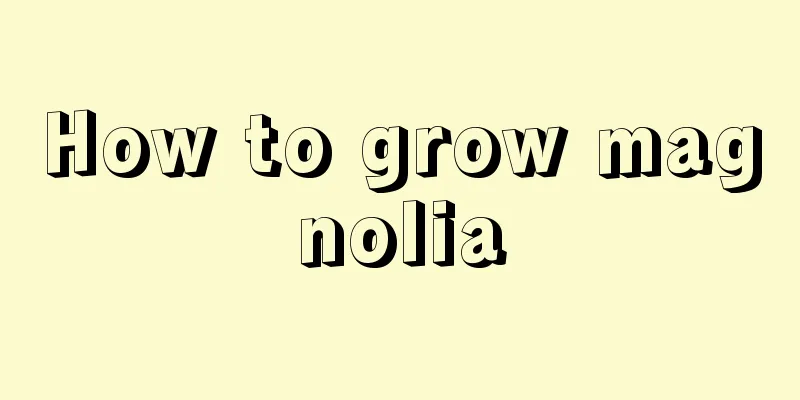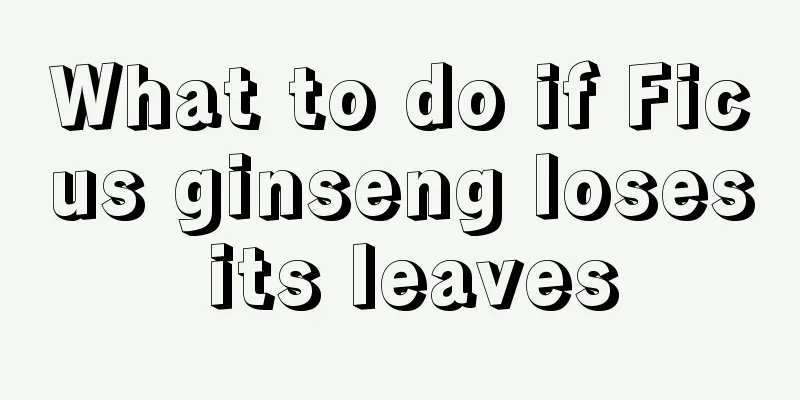Cultivation methods and precautions of false leaf tree

Cultivation method of false leaf treePot soil selectionWhen planting pseudofolia in a pot, first of all, don’t choose a pot that is too big. Ruscus is a small plant, so you should choose a smaller pot when planting it in a pot. If the flowerpot is too large, water may accumulate in the soil and cause root rot. The soil should be loose, breathable, fertile and well-drained sandy soil, preferably slightly acidic. Light and temperatureRuscus likes sunlight and is relatively shade-tolerant, but it should avoid direct exposure to strong sunlight. Potted false leaf trees should be placed in a brightly lit place for maintenance. Russoa likes warmth and is afraid of heat and cold. The temperature in winter should be kept at a relatively high level, above 5℃. In addition, during the high temperatures in summer, the Ruscus trees need to be properly shaded, and in winter they should be placed indoors in a sunny spot for maintenance. Watering and fertilizingGrowing false leaf trees requires good water and fertilizer management. When watering, follow the principle of not watering unless the soil is dry, and watering thoroughly when you do. The soil in the pot should be kept moist and not too dry, but also be careful not to allow water to accumulate, as this will be detrimental to the growth of the false leaf tree. When the air is dry, you can increase the humidity of the air by spraying water. Fertilization does not need to be done frequently. You can apply diluted fertilizer water or compound fertilizer every 15 to 20 days. Liquid fertilizer can be applied in spring and autumn to promote flowering and fruiting. ReproductionRuscus can be propagated by sowing and division, but sowing propagation is slow and division is relatively simple. Precautions for the cultivation of false leaf treesRepottingRuscus trees require smaller pots and do not need to be repotted frequently during their growing period. Repotting is only required every 2-3 years, and should be done in spring. Pests and diseasesPests and diseases of the pseudophylla are relatively rare. There may be root rot caused by waterlogging in the potting soil, and scale insect damage caused by poor ventilation. Daily management needs to be done to prevent waterlogging in the pot and to ensure ventilation to reduce the occurrence of pests and diseases. |
<<: Cultivation methods and precautions of false forsythia
>>: Cultivation methods and precautions of Asarum
Recommend
What fertilizer should be used as base fertilizer for green onions? What fertilizer is best for top dressing?
The role of green onion base fertilizer When plan...
Why are the leaves of the Dancing Yale wrinkled?
reason The root is not slowed down well After Dan...
How to control the flowering period of poinsettia
Normal flowering conditions Continuous short days...
Soybean growing environment and local conditions
Soybean growth environment and conditions Soybean...
What to do if the leaves of Xiaoyu rot and fall off
The reason why the leaves of the jade tree fall o...
How to Make Dicentra Bloom for Christmas
The principle of this method The principle of usi...
What should I do if the leaves of the fortune tree fall off when touched?
1. Change the lighting Reason: When growing a mon...
When is the best season to plant honeysuckle?
Honeysuckle planting season and time The planting...
How to properly care for lotus? Can lotus be grown at home?
1. How to maintain correctly 1. Light exposure: L...
Coriander pot planting method
1. Prepare seeds You should choose the right time...
How to plant apple seeds
1. Seed collection After eating the apple, take o...
How to grow nasturtium in spring
1. Appropriate amount of water The growth rate is...
It's hot now. If you don't take cuttings now, you won't have a chance.
1. Clematis cuttings Procedure 1. When cutting cl...
Can cherries be grown in Hengyang?
Can cherries be grown in Hengyang? Hengyang is a ...
What fertilizers are suitable for garlic? Four kinds of fertilizers are suitable for growing garlic with high yield and large garlic heads.
Garlic is a fertilizer-loving plant and needs to ...









